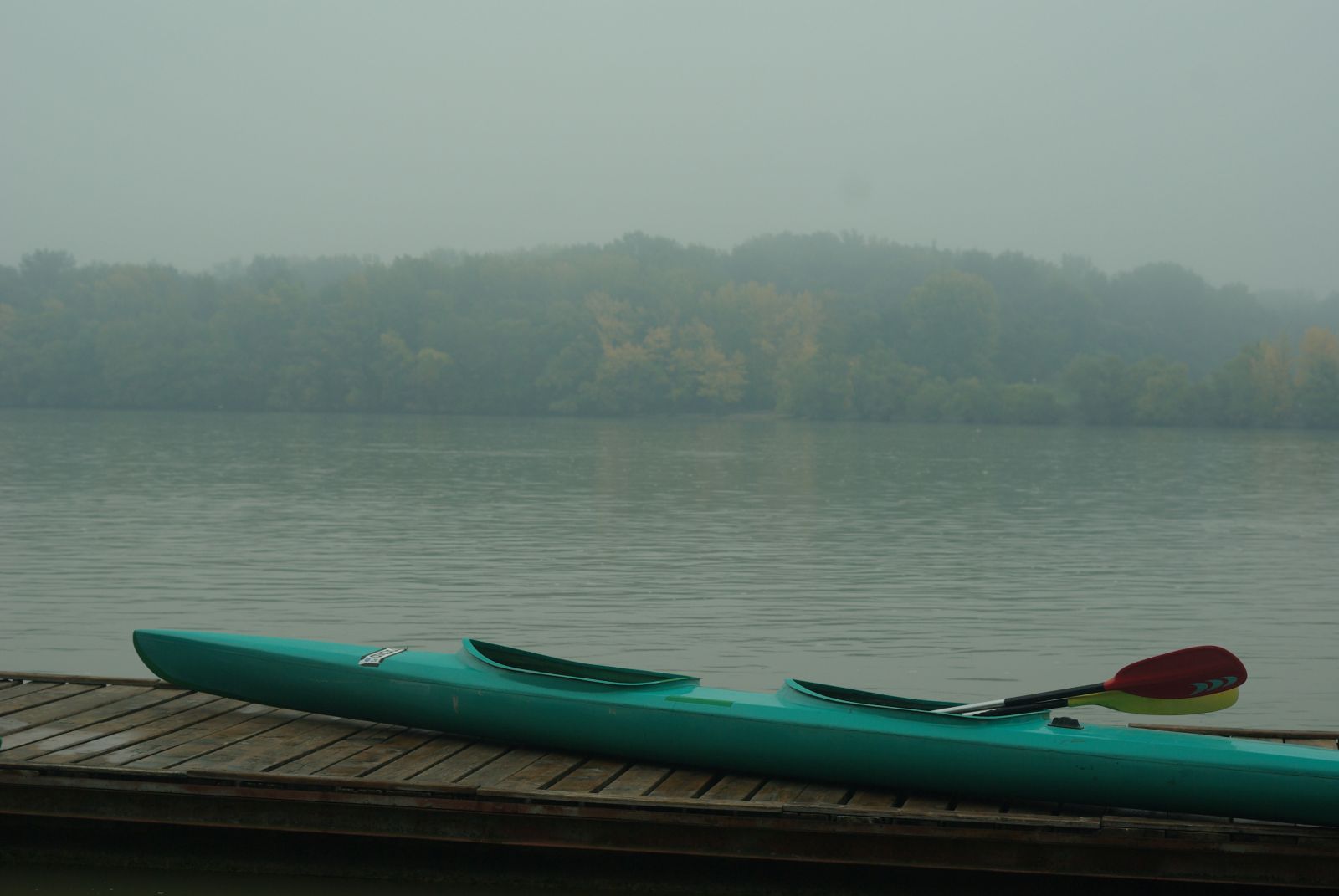After a busy week we decided to have a slow Sunday at home. When we woke up and opened the shutters we could see that it was a beautiful, sunny autumn day. While checking the weather forecast on the phone, a beautiful photo of Luppa island showed up. This island on the Danube is very close to where we live, still, for some strange reason, I have never been there. Attila has been there a few times, as his friends used to own a house on the island. So, my adventurous self defeated my (sometimes) lazy self, and I said: let's go today! So instead of our slow Sunday at home, we had a slow Sunday on Luppa island. During this crazy Covid-year we have actually mastered slow travel around our home.

After a short drive we parked our car at the Ebihal büfé, a cultic bar which is worth a visit itself. That's where you can take the small ferry to Luppa island, but it's a really cool place for some drinks or retro food. Uncle Józsi goes back and forth between the main land and the island all day long, with inhabitants and visitors on board. There were also lot of bikes parked in front of Ebihal, as many people arrive by bike from Budapest or Szentendre, on the riverside bicycle path.
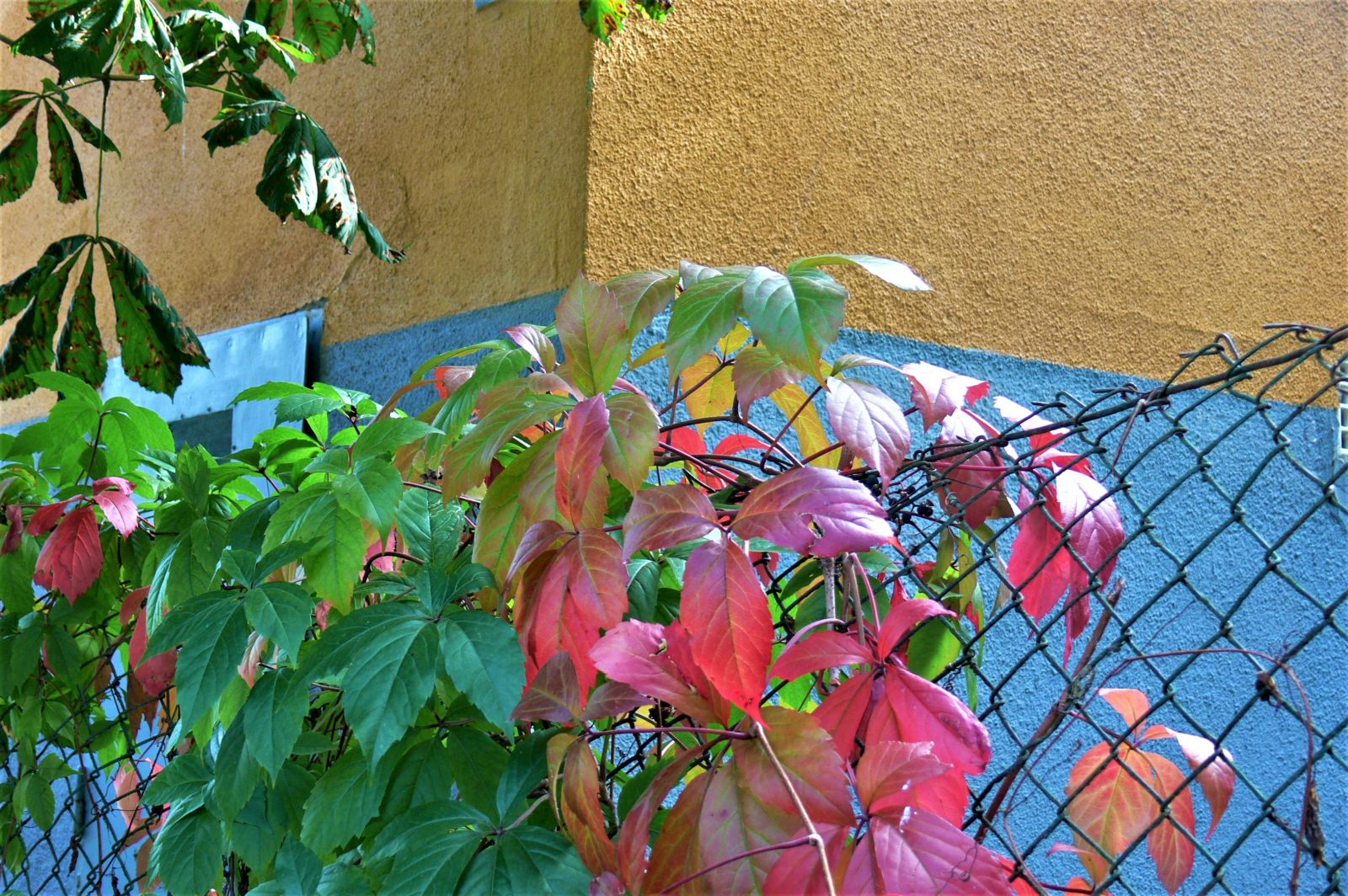

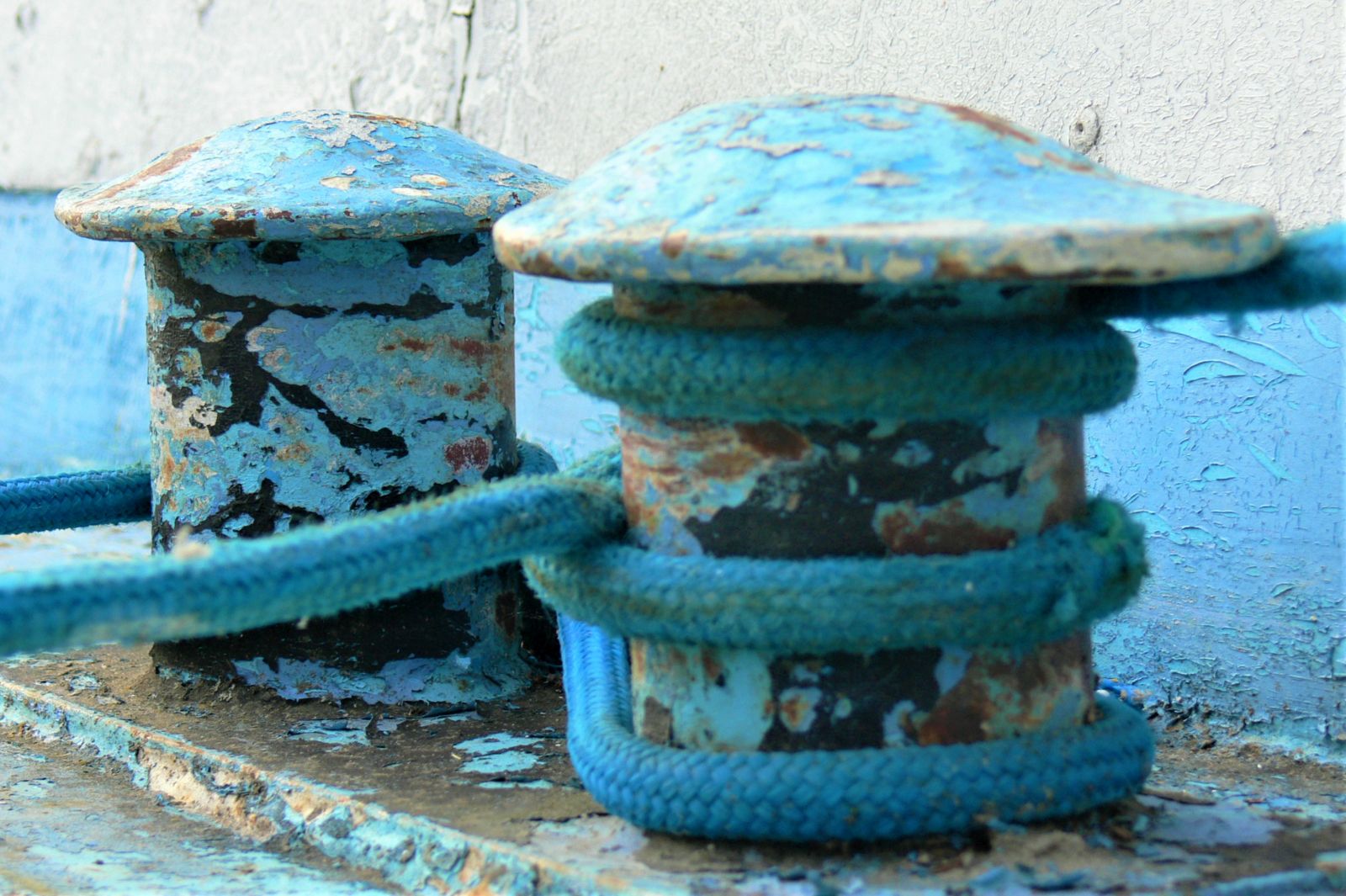
As it was a really warm September day and the water level was very low, we saw lot of canoes on the water, and people were sunbathing on the sand reefs. We decided right away that next time we would come by canoe.
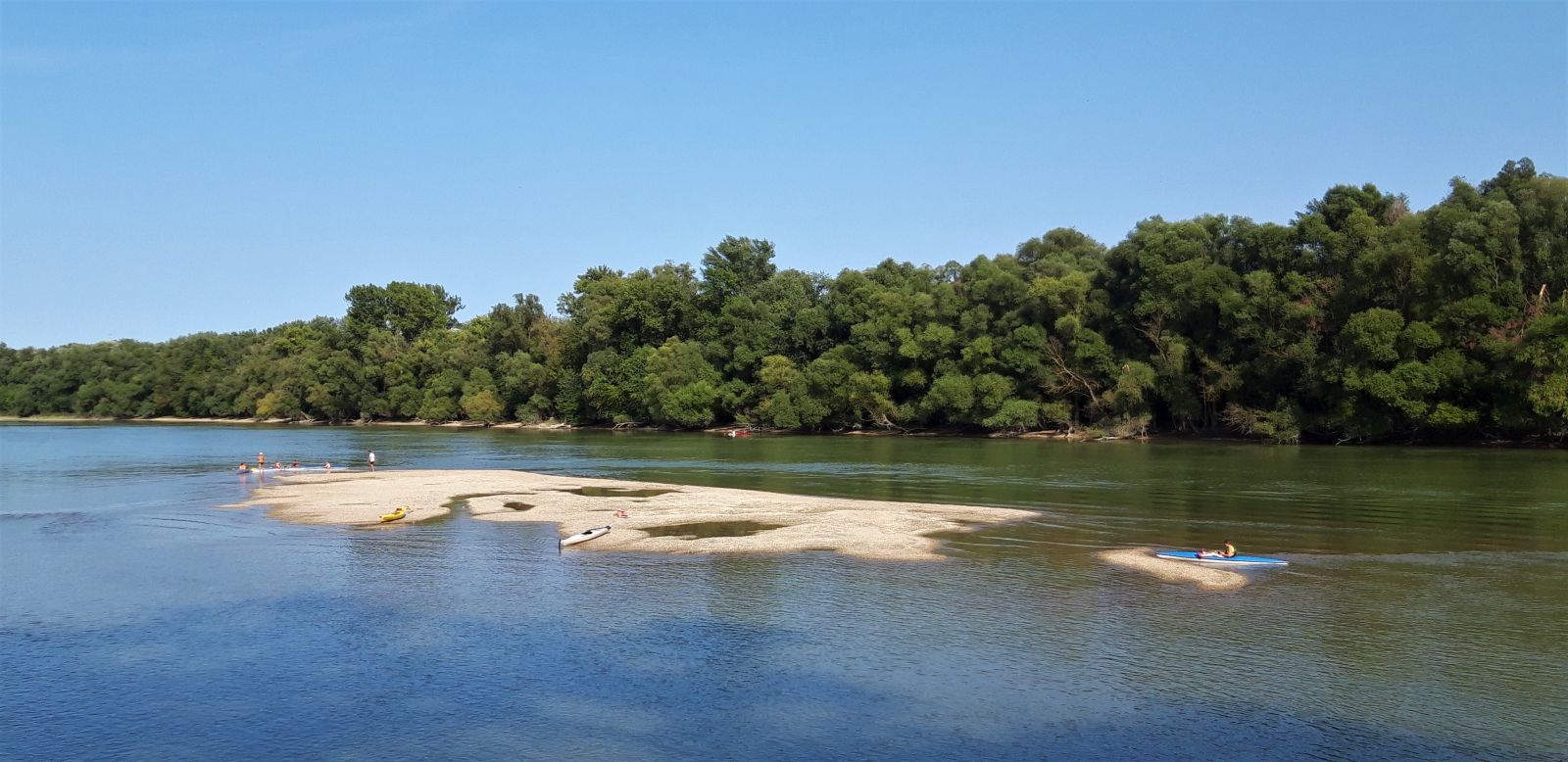


First we walked around the island, which does not take long. A beautiful avenue runs in the middle lined with old platans, with a couple of short side streets on both sides.



The story of Luppa island dates back to 1932. Of course the island itself had been around for much longer, but it happenned in 1932 that a company bought the island, divided it into small plots, brought electricity to the island, created the water and sewer system and sold the plots. The success was guaranteed, doctors, engineers, factory directors and other well off people from Budapest bought ground here. It's paradise, a quiet, hidden place where you can escape your busy life, just outside the city limits. Ideal for slow travel. For decades people mainly used their houses here as holiday homes, came here for the weekends and during the summer, but today more and more people actually live here, enjoying slow life.
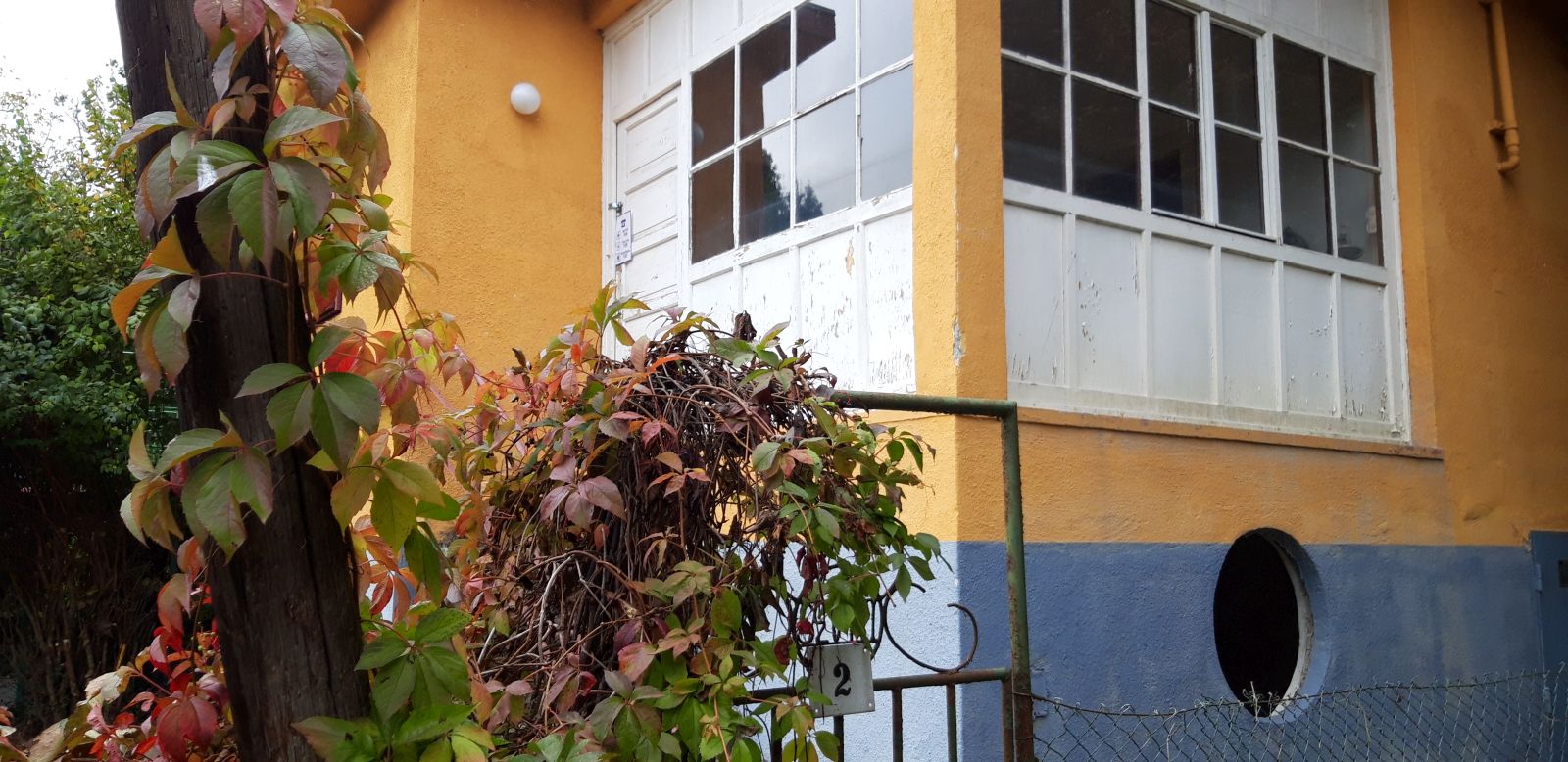
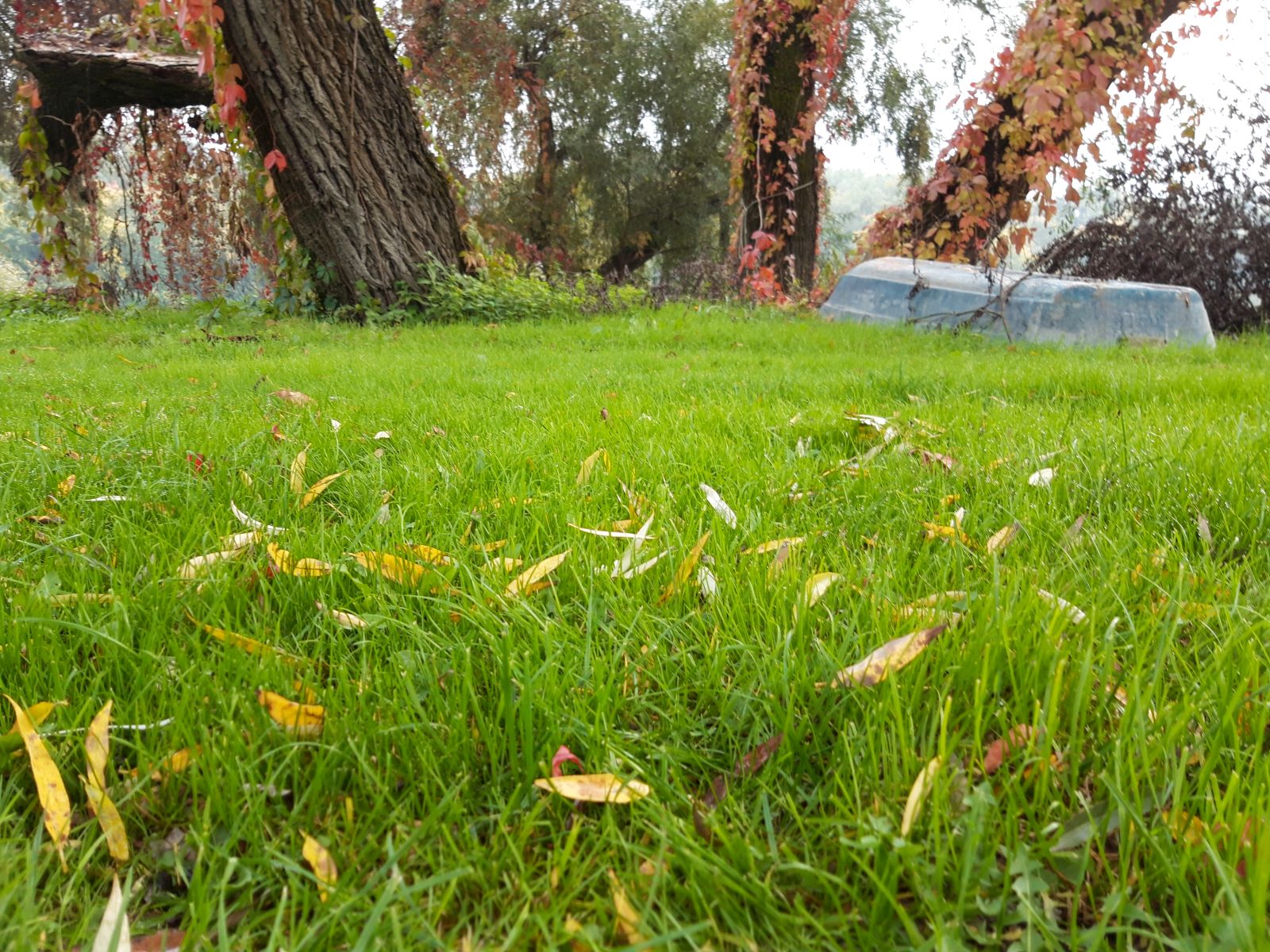
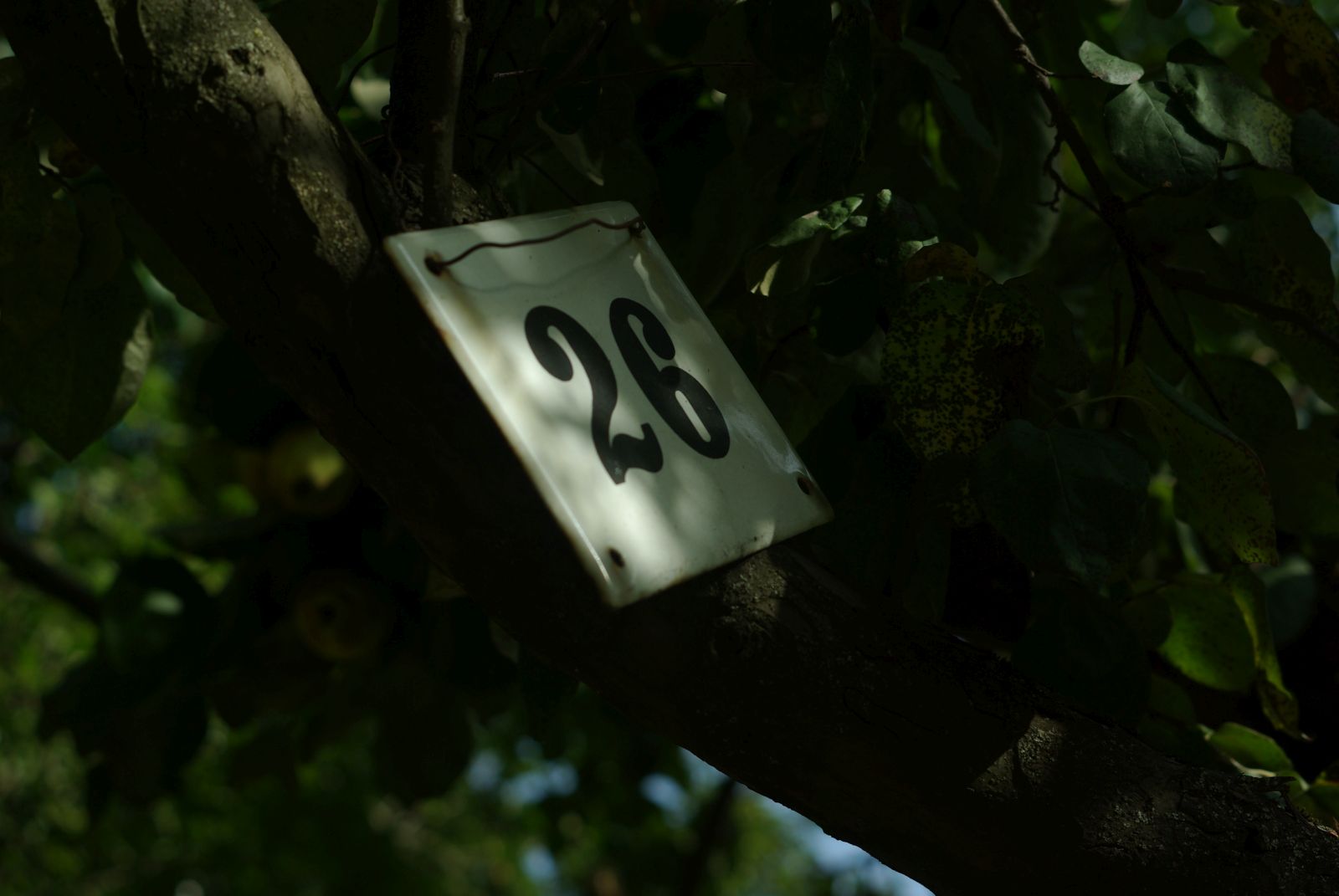
Life on the island is surely very romantic, but it has its downsides as well. During the floods of the Danube the island disappears under the water, and only the first floor of the houses stays dry. Because of this, most houses are standing on pillars, and the lower floor is used for storage only. When the water level is rising and the big flood is approaching, the owners have to move everything to the first floor. Once the flood is gone, it requires lot of cleaning and painting. However, that's part of the deal and people have learned to live together with the Danube.
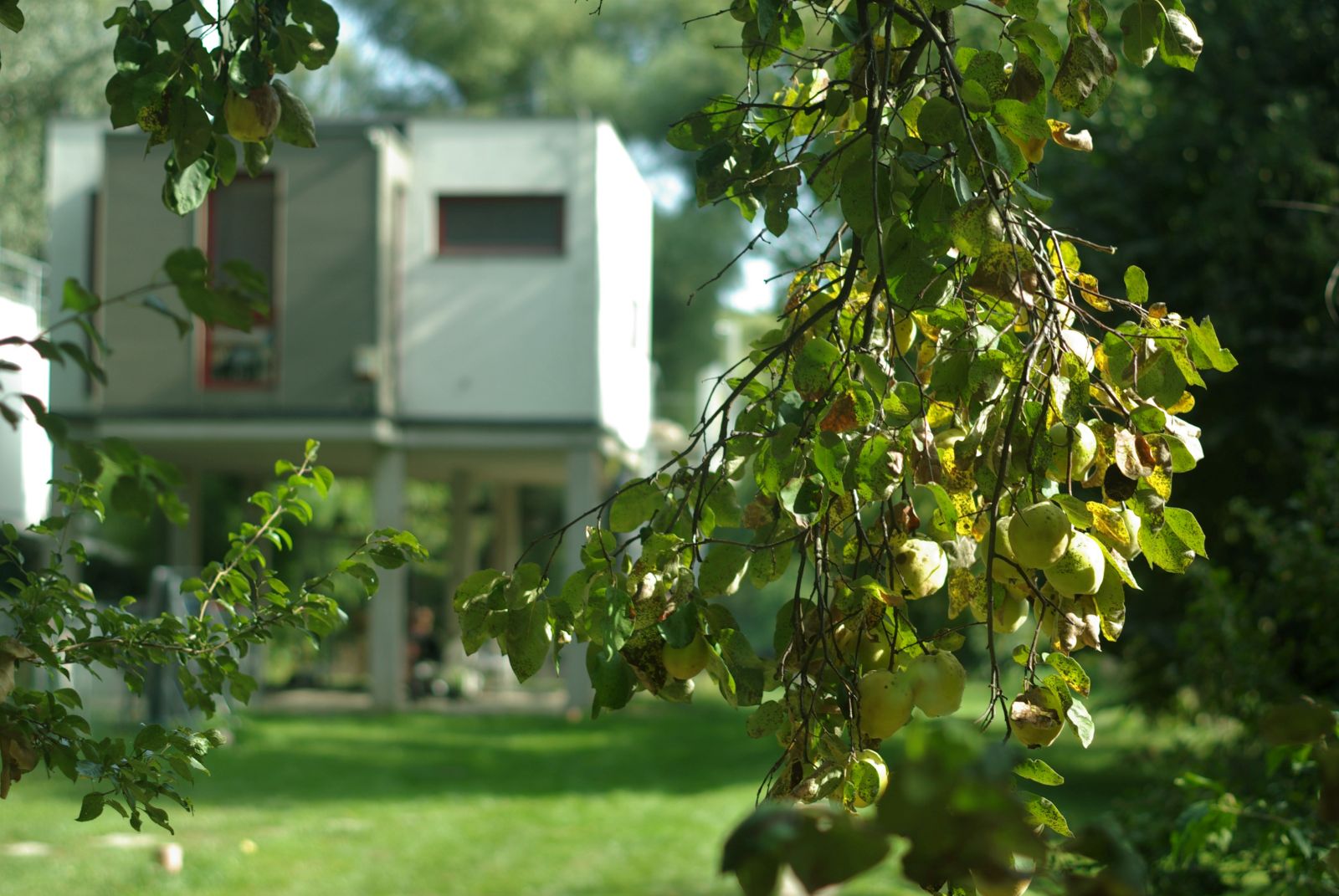
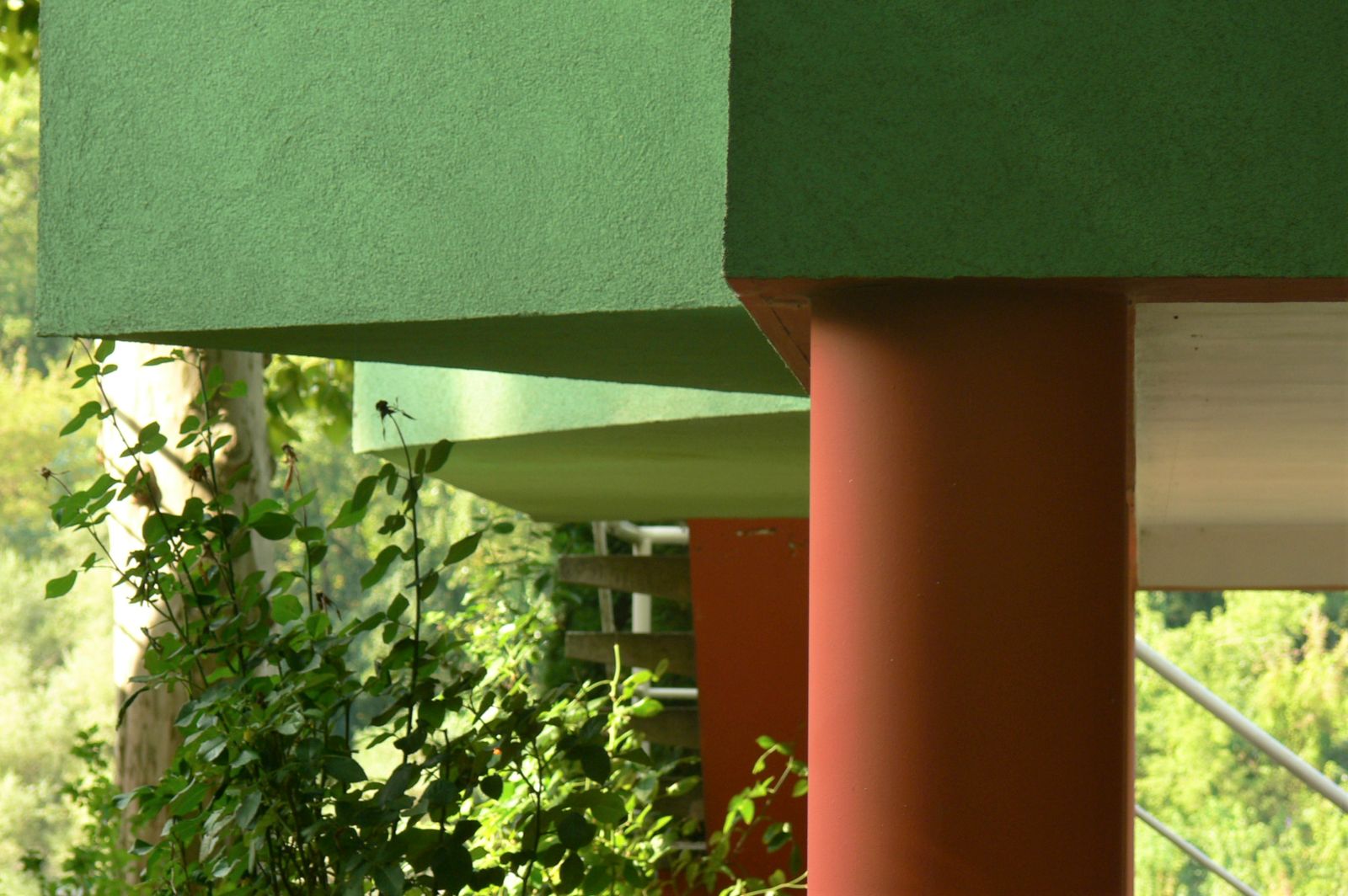
The island has a very unique atmosphere, also owing to the beautiful Bauhaus villas. When Kozma Lajos, one of the most important Bauhaus architects in Hungary built his house on Luppa, everyone wanted a similar house. So the history of the famous Bauhaus villas of Luppa island began. Today, it's almost impossible to buy a villa here, but if you get lucky, you need to have a fat bank account, as prices start at 70 million Hungarian forints.
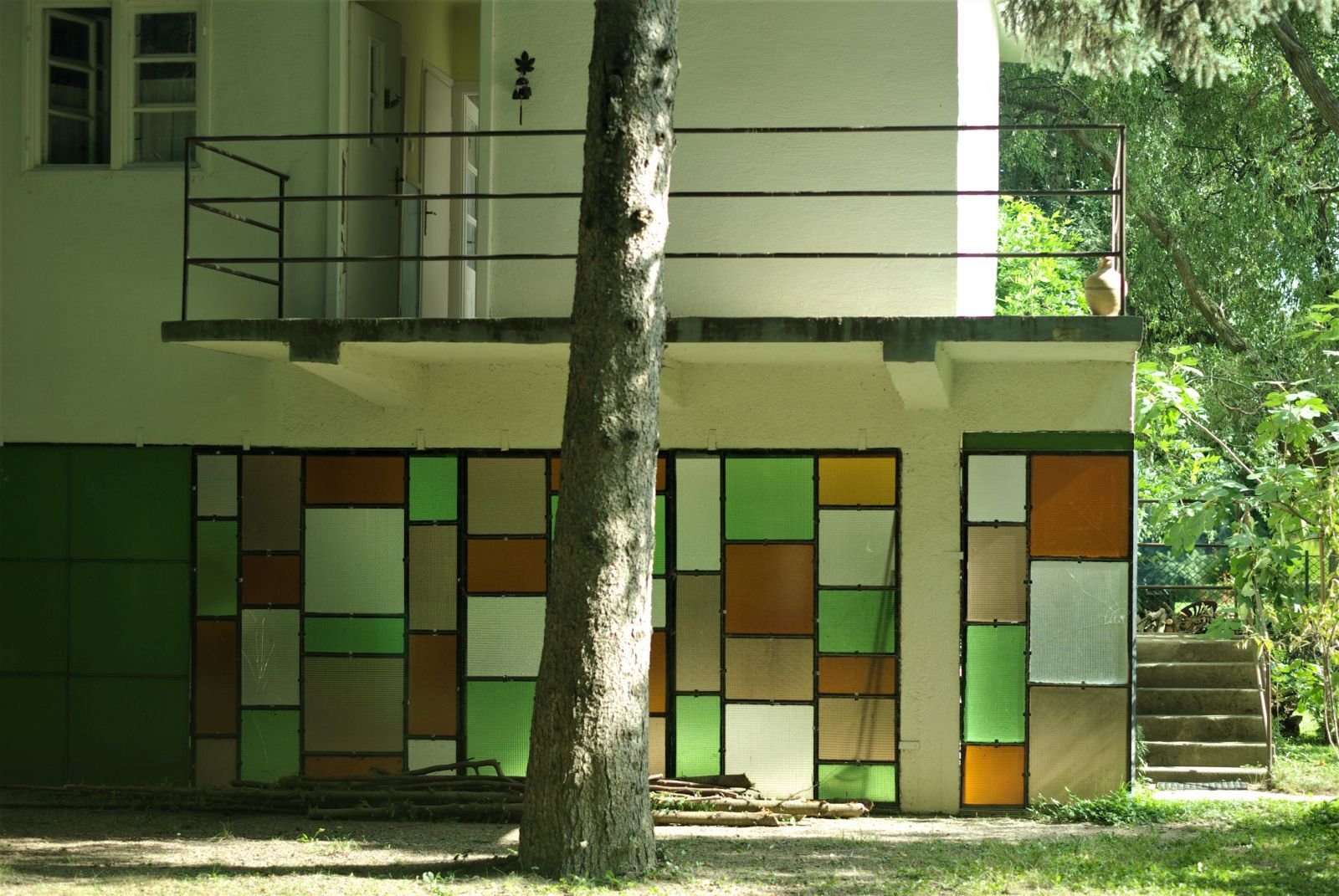


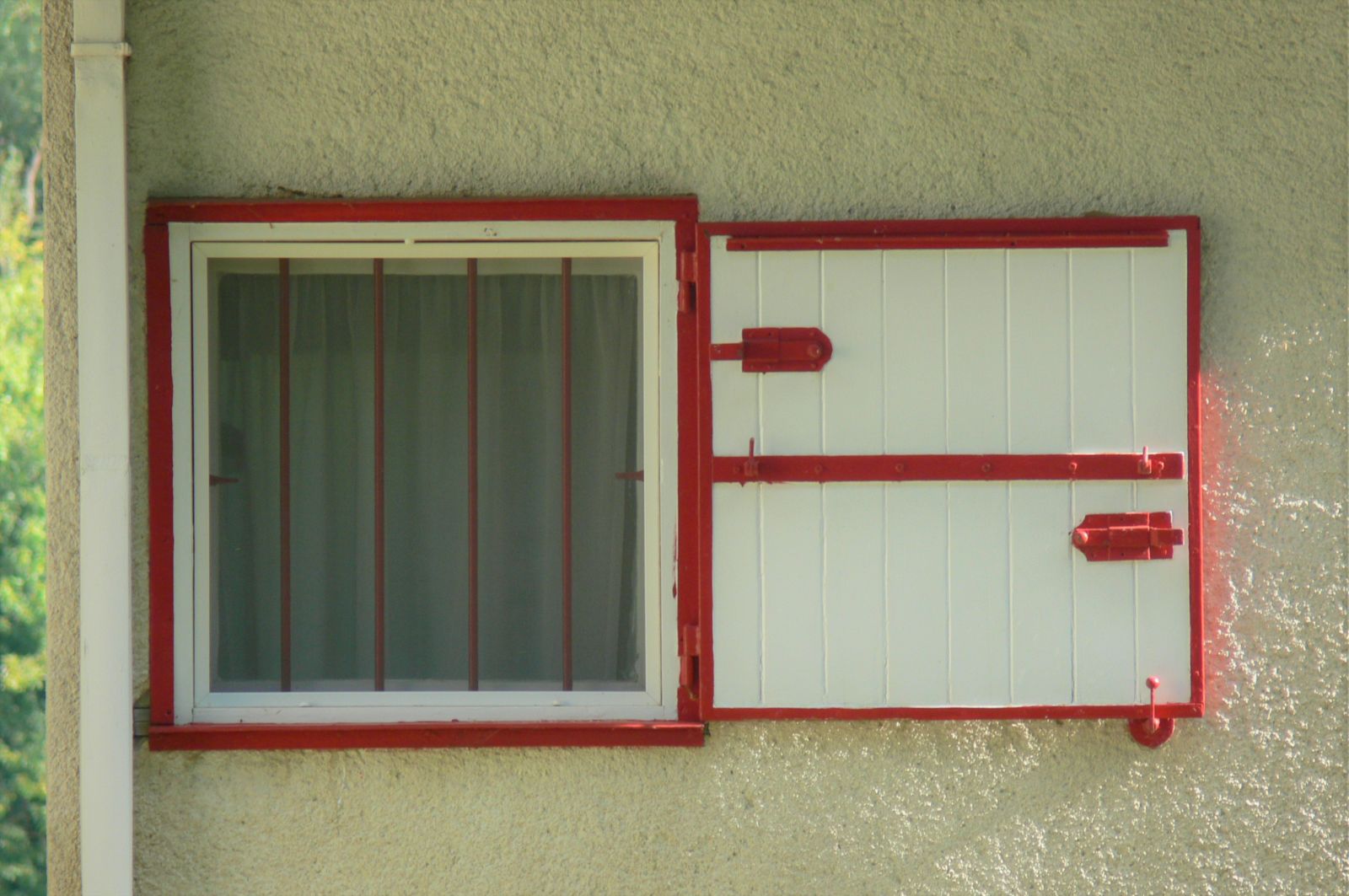
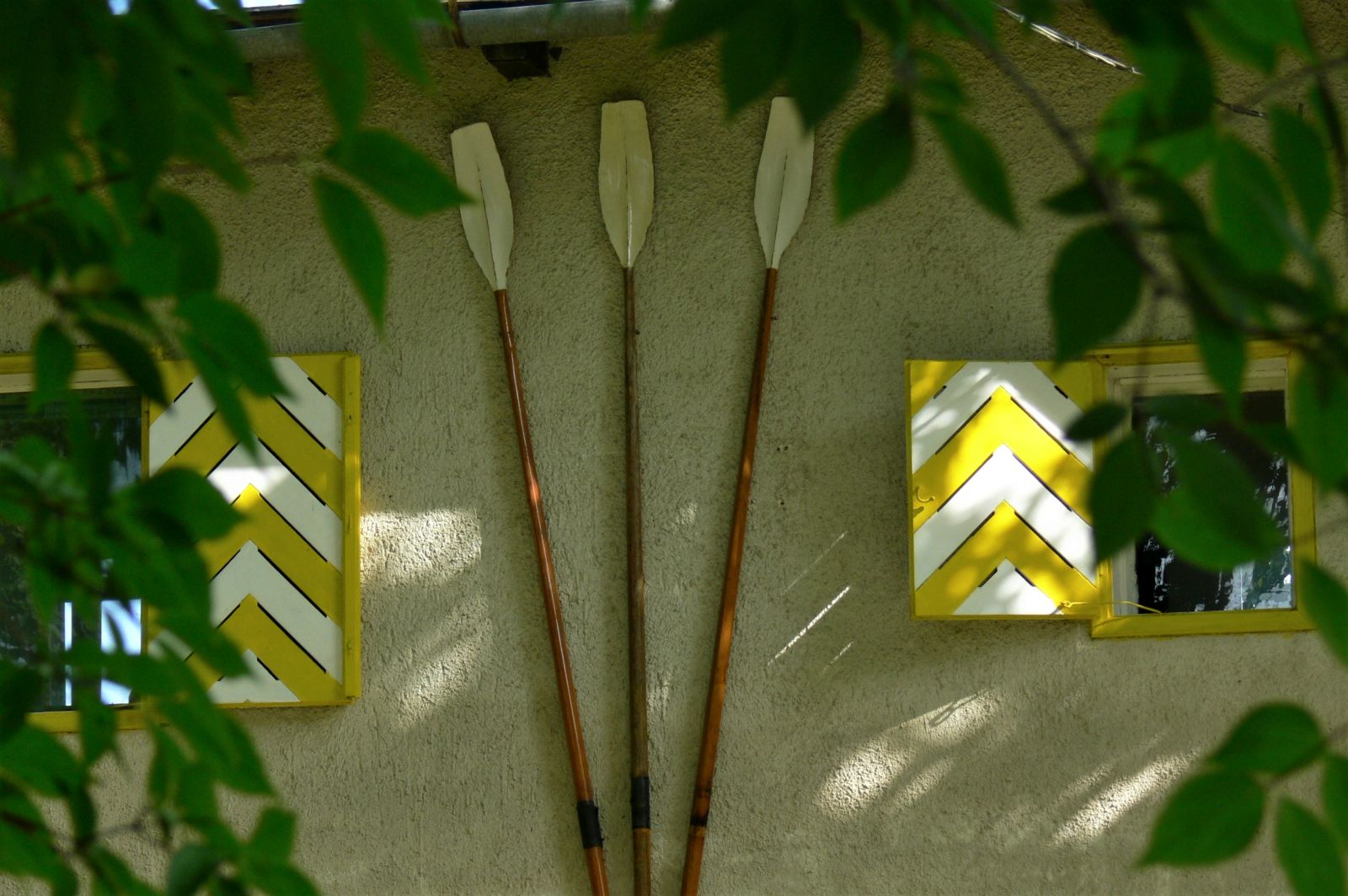
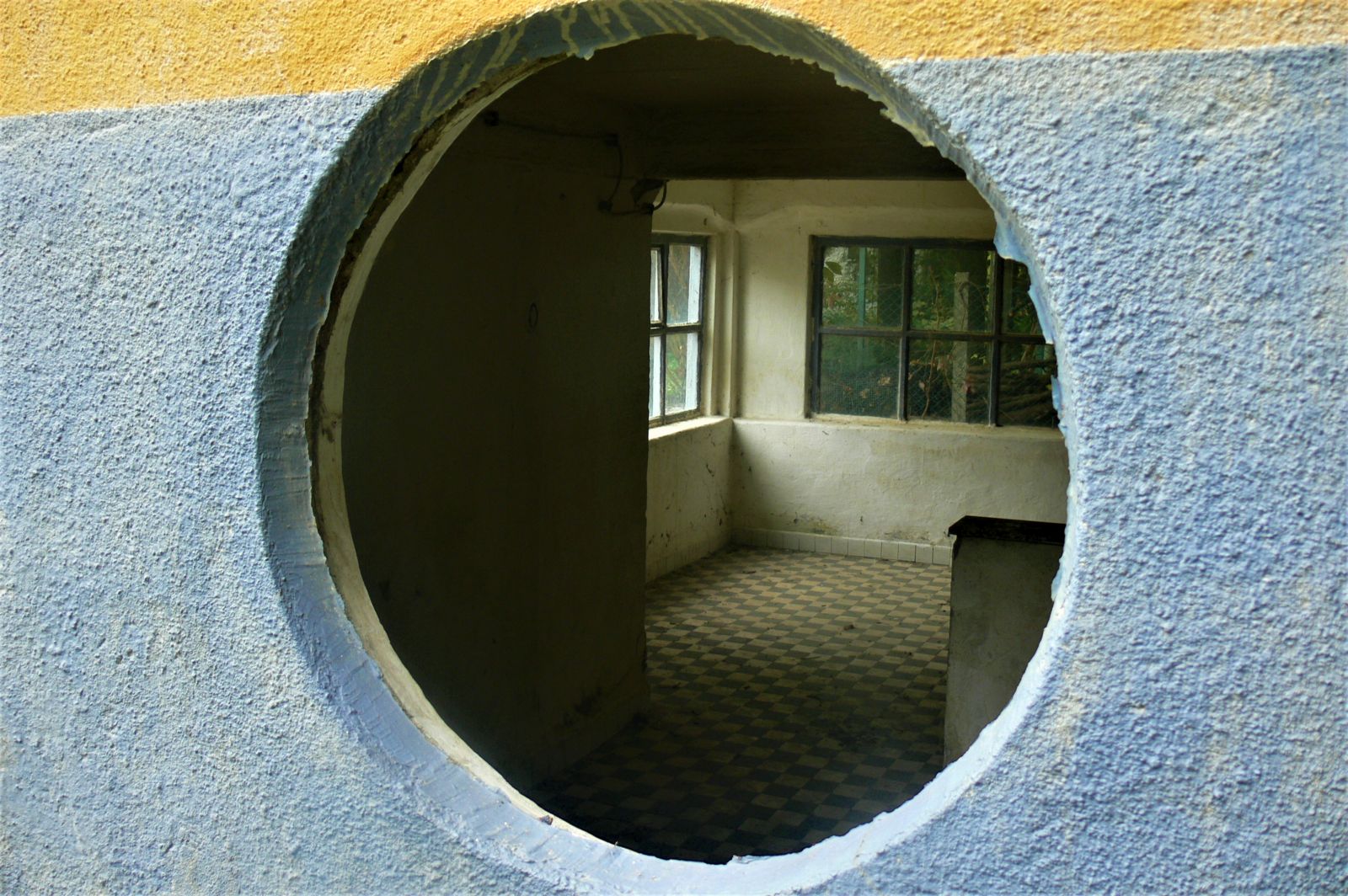
After walking around and admiring the villas, we had lunch in the so-called Diós tavern, which is the heart of Luppa. It used to be the local store, but today it serves as a bar and restaurant. It's very basic, don't expect a huge selection. Son is serving the guests while Mom is cooking a few homely dishes in the kitchen. The place has a real retro atmosphere, with old scales and soda siphons.
There used to be also a pastry shop and a chapel on Luppa, but the flood destroyed them.
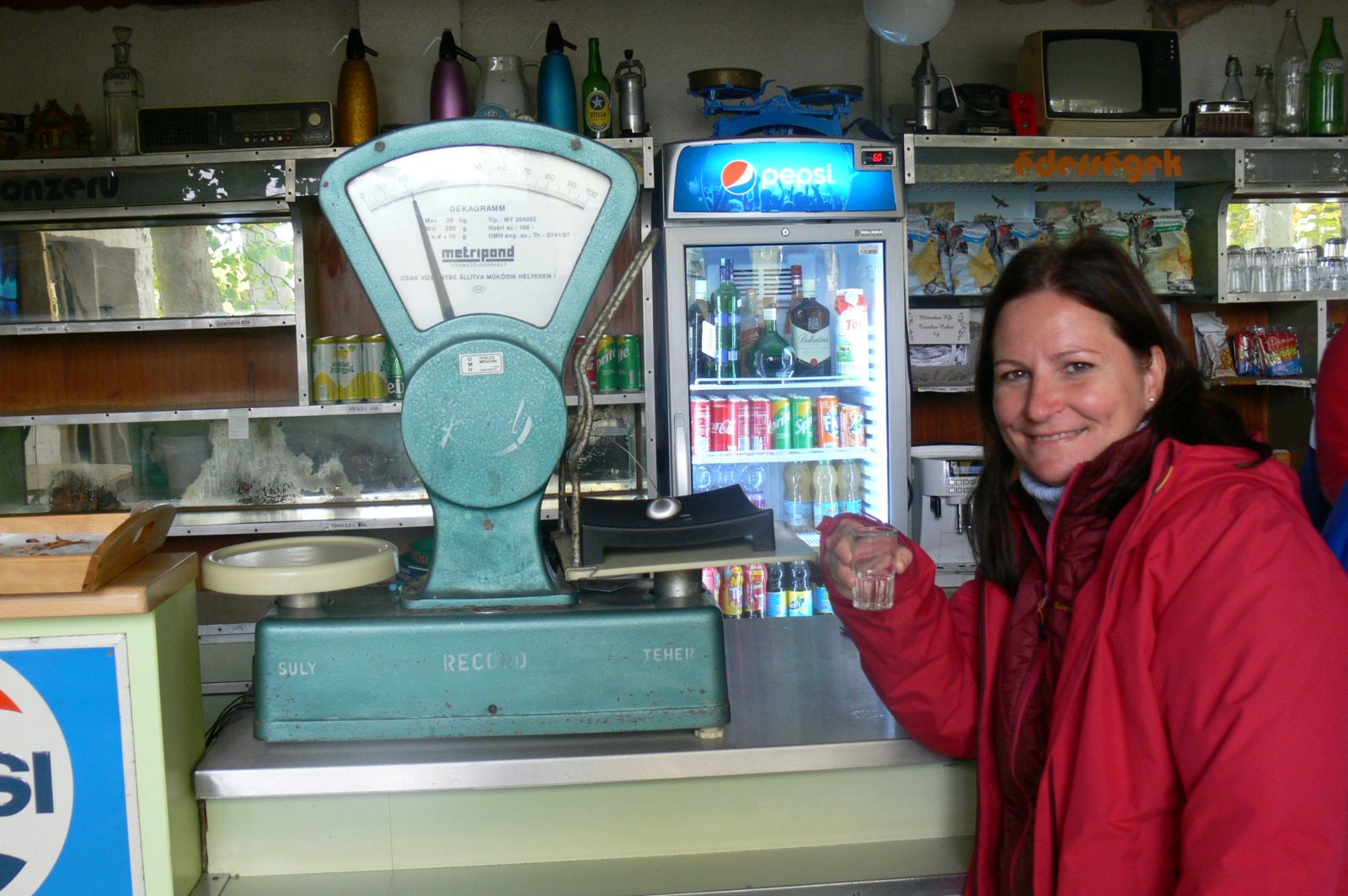
Even on a slow Sunday we can't stop thinking and planning, so while having lunch we decided to return soon with a group, and by canoe of course. We advertised the tour and dispite the fact that canoe tours are not that popular in October, we ended up with a really fun group of Hungarian and Kazakh people.


So, a few weeks later, on a foggy October morning, we were driving across my favourite Danube bridge again. We met our group by the Danube in Szentendre, picked up the canoes and started paddling. The day looked a little sad, gray and cold, but with happy people it really did not matter. The autumn colurs by the river were amazing and it was really quiet, we only met a few kayaks during the day. Before stopping at Luppa we went into another branch of the Danube, behind the Tündér-sziget (Angel island), then we had to come back the same way as it's a dead end branch.
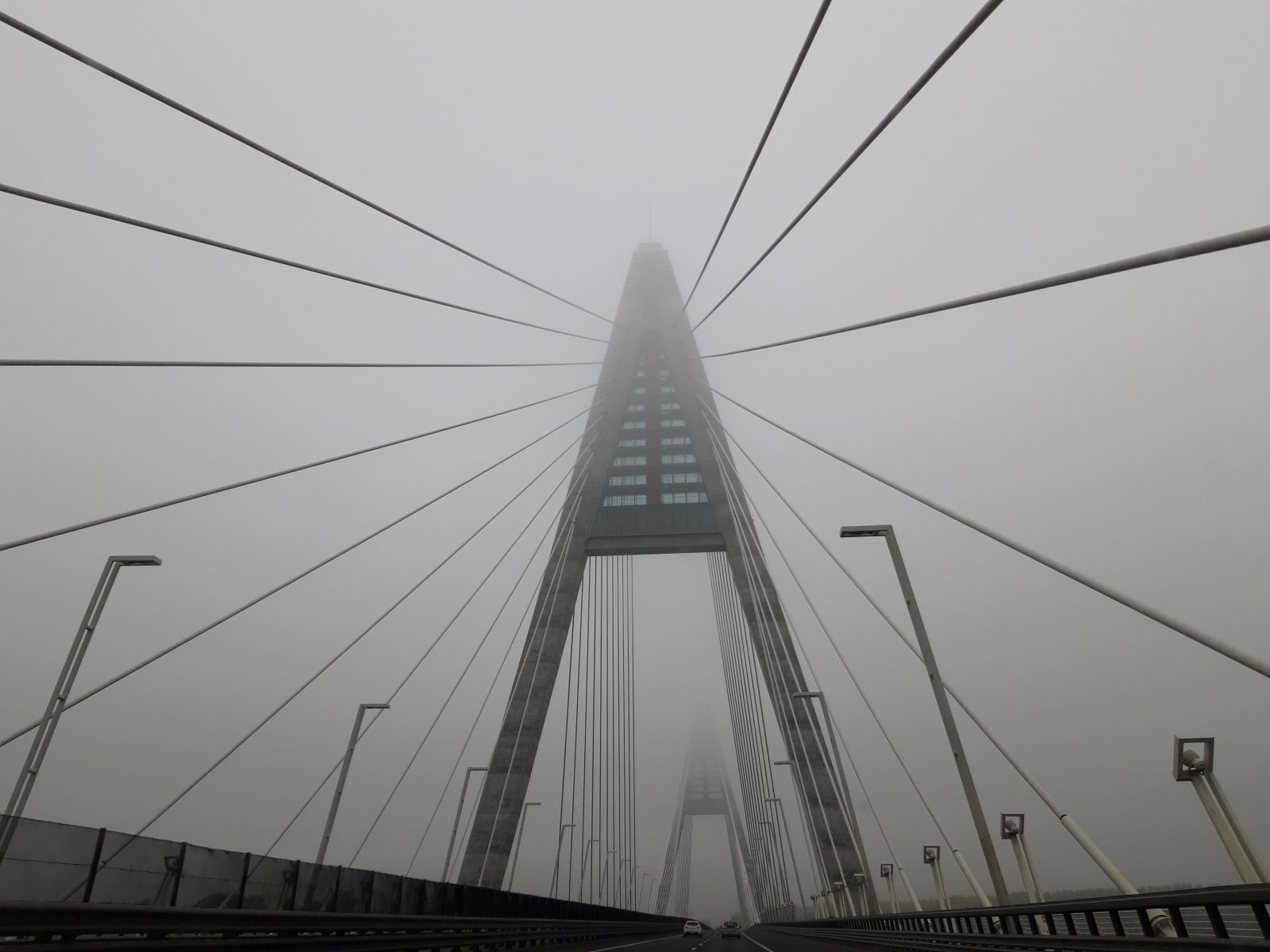
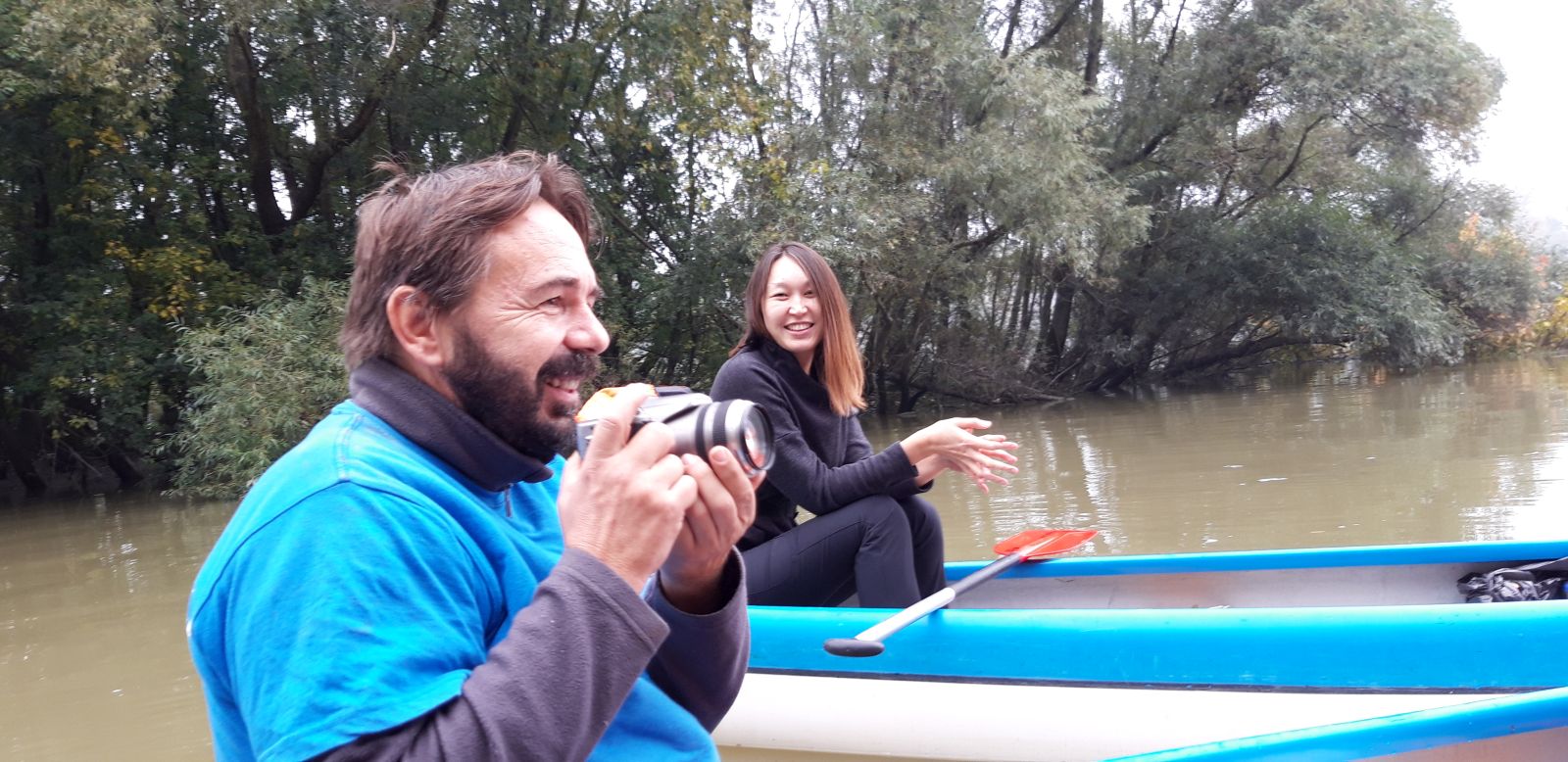
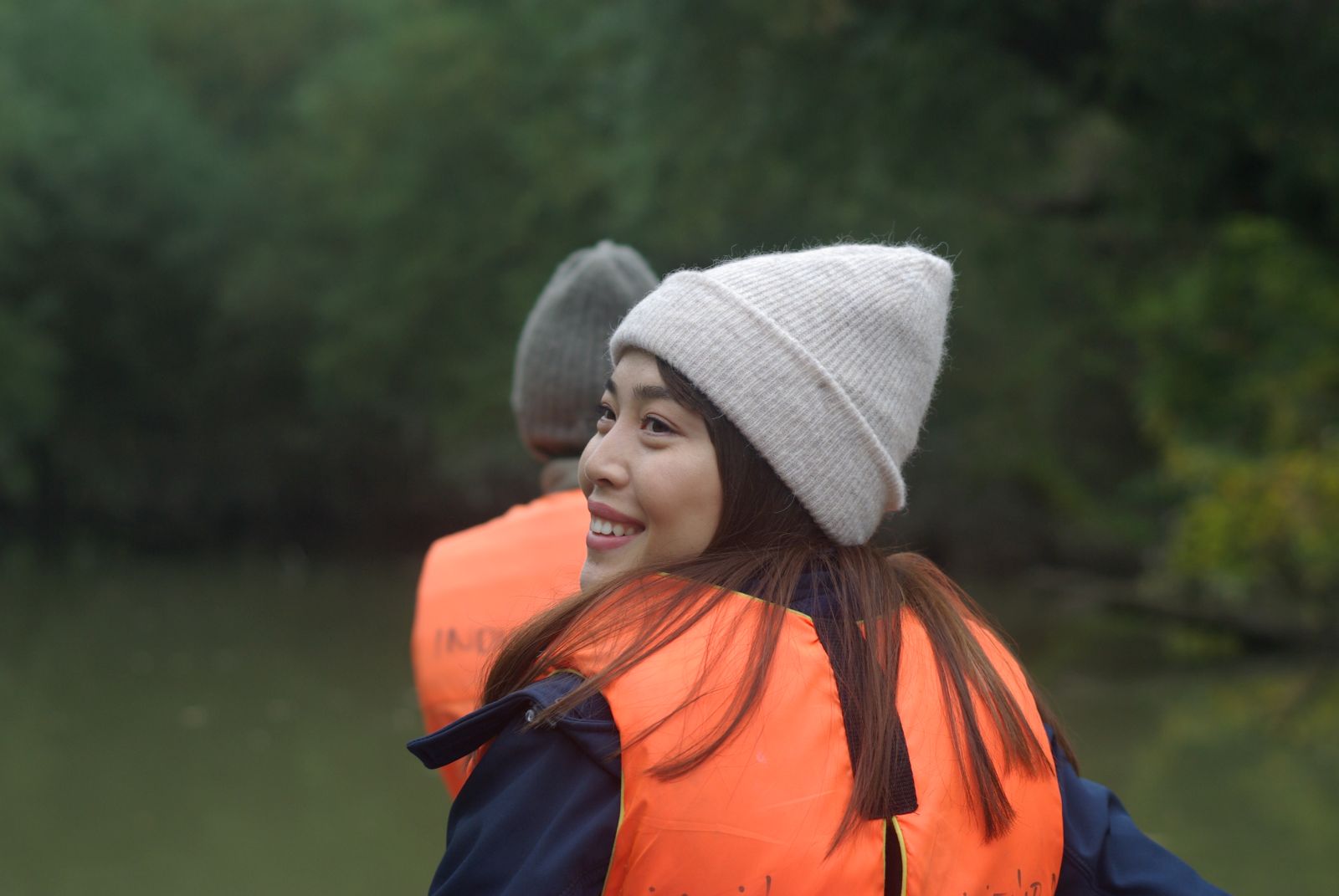



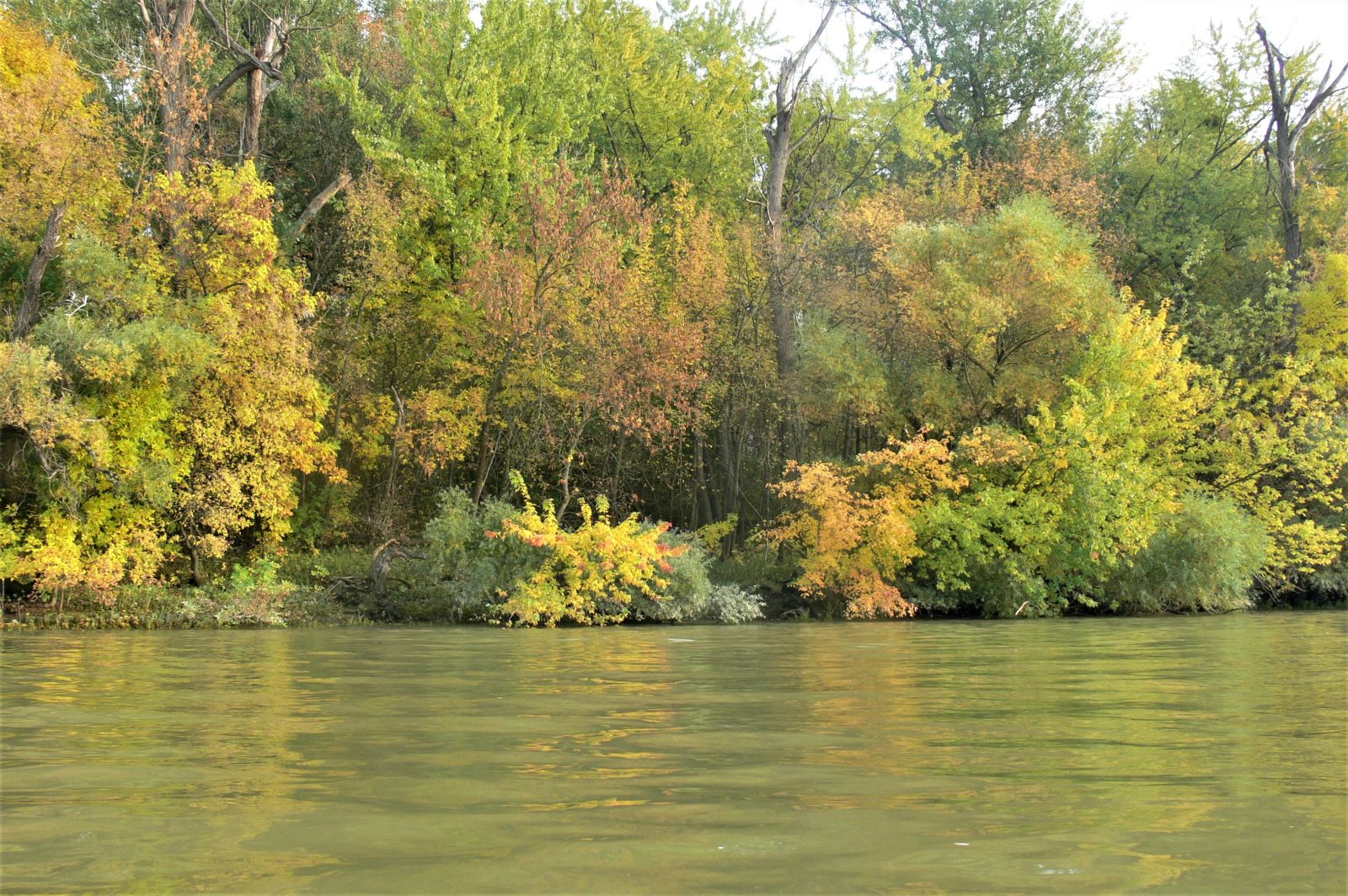
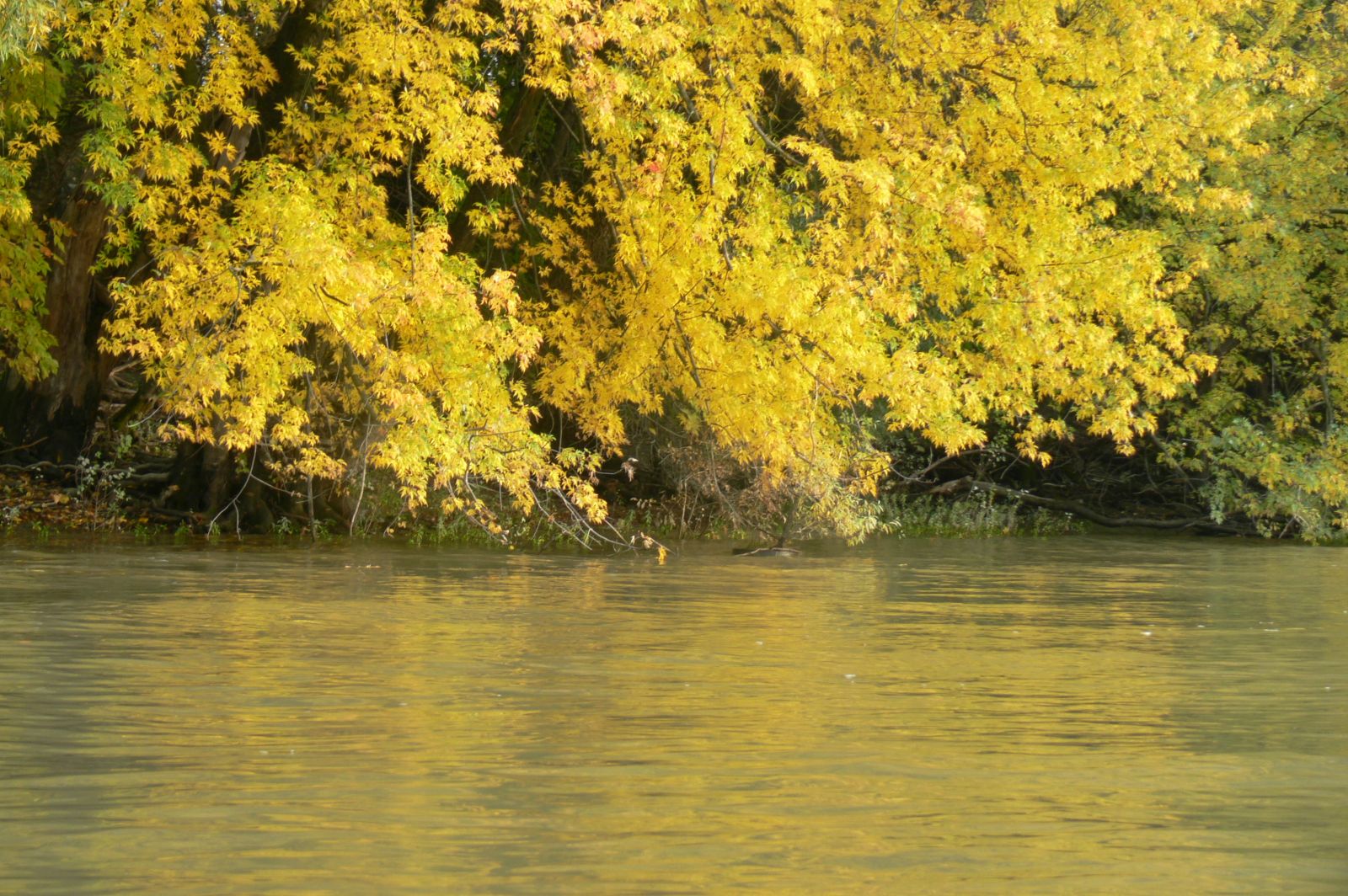
After docking at Luppa, we went on the usual walk and explained the geography and history of the island to the group. We had some fun on the old playground, then went to the tavern. Being October the selection was even more limited, I was a little worried when I realized that all the dishes contained meat. I really think that in the 21st century all restaurants should have at least one vegetarian option, even in remote places. Anyway, after I asked, luckily they found some mozarella, so they freshly prepared some grilled cheese for our Kazakh friends. We also warmed ourselves with a shot of pálinka (traditional Hungarian fruit brandy, very strong), but by the time we finished our lunch even the sun came out for a while.
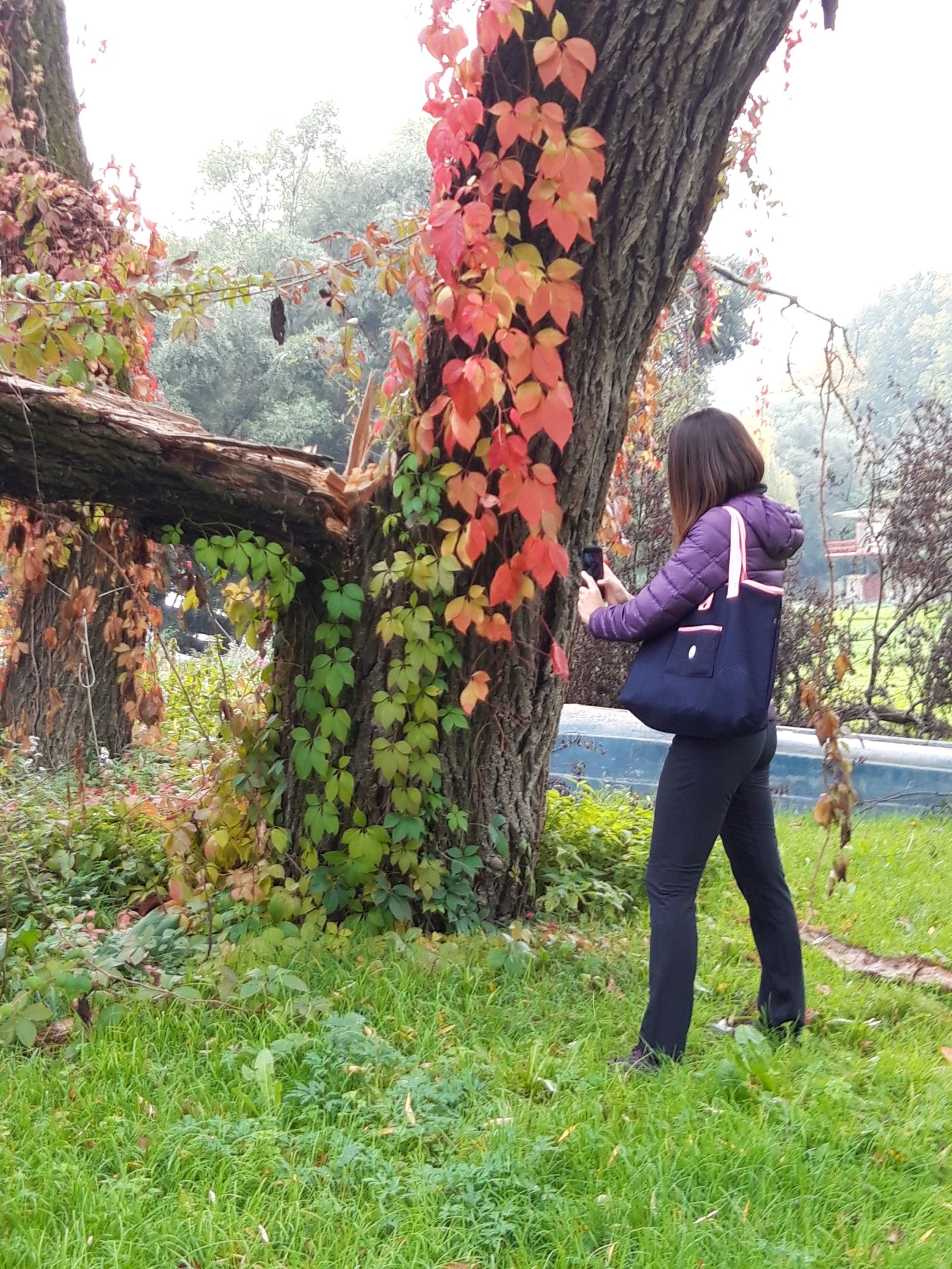
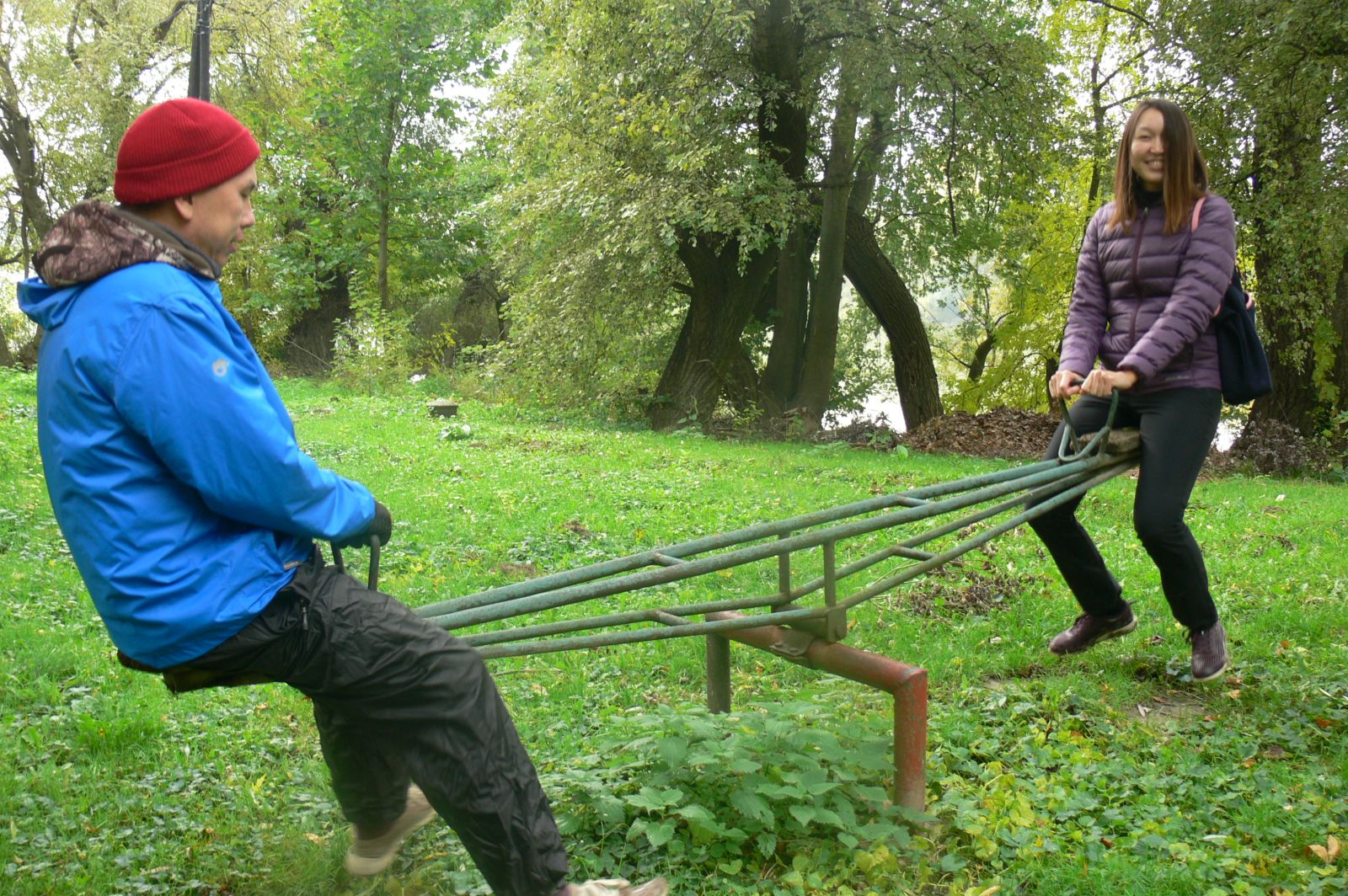

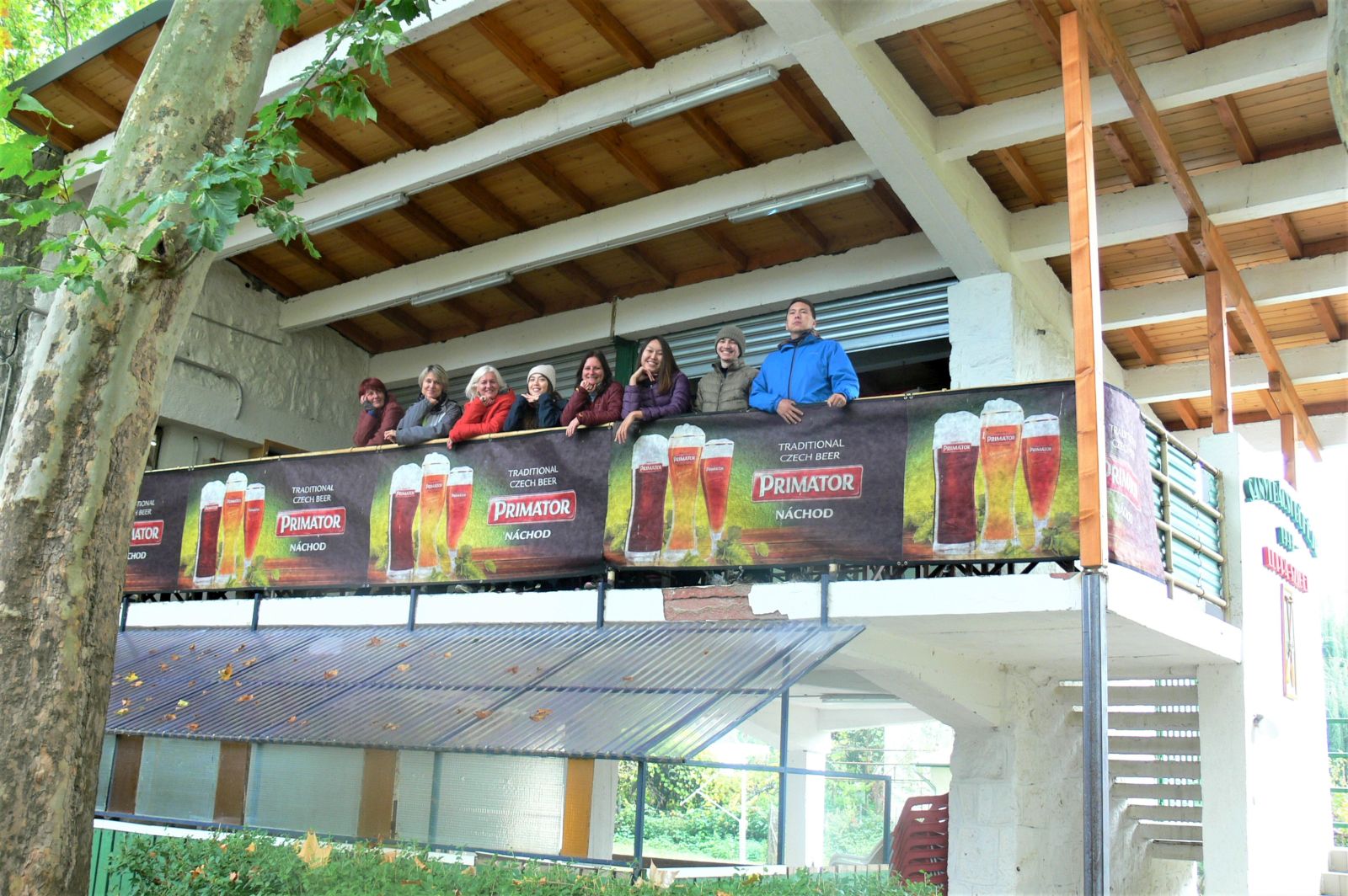
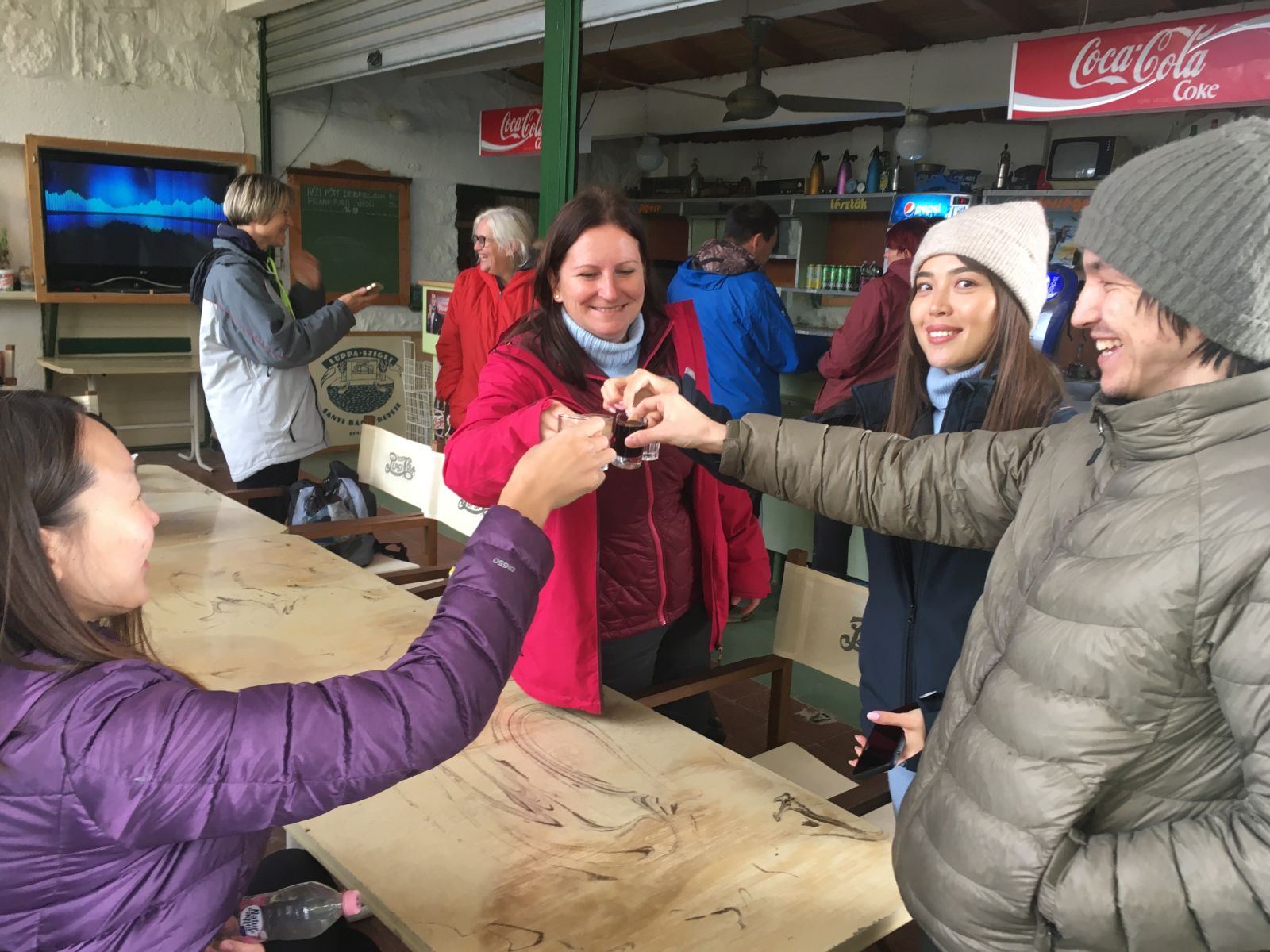

We continued paddling towards Budapest, it was the first time I saw the bridge from below.
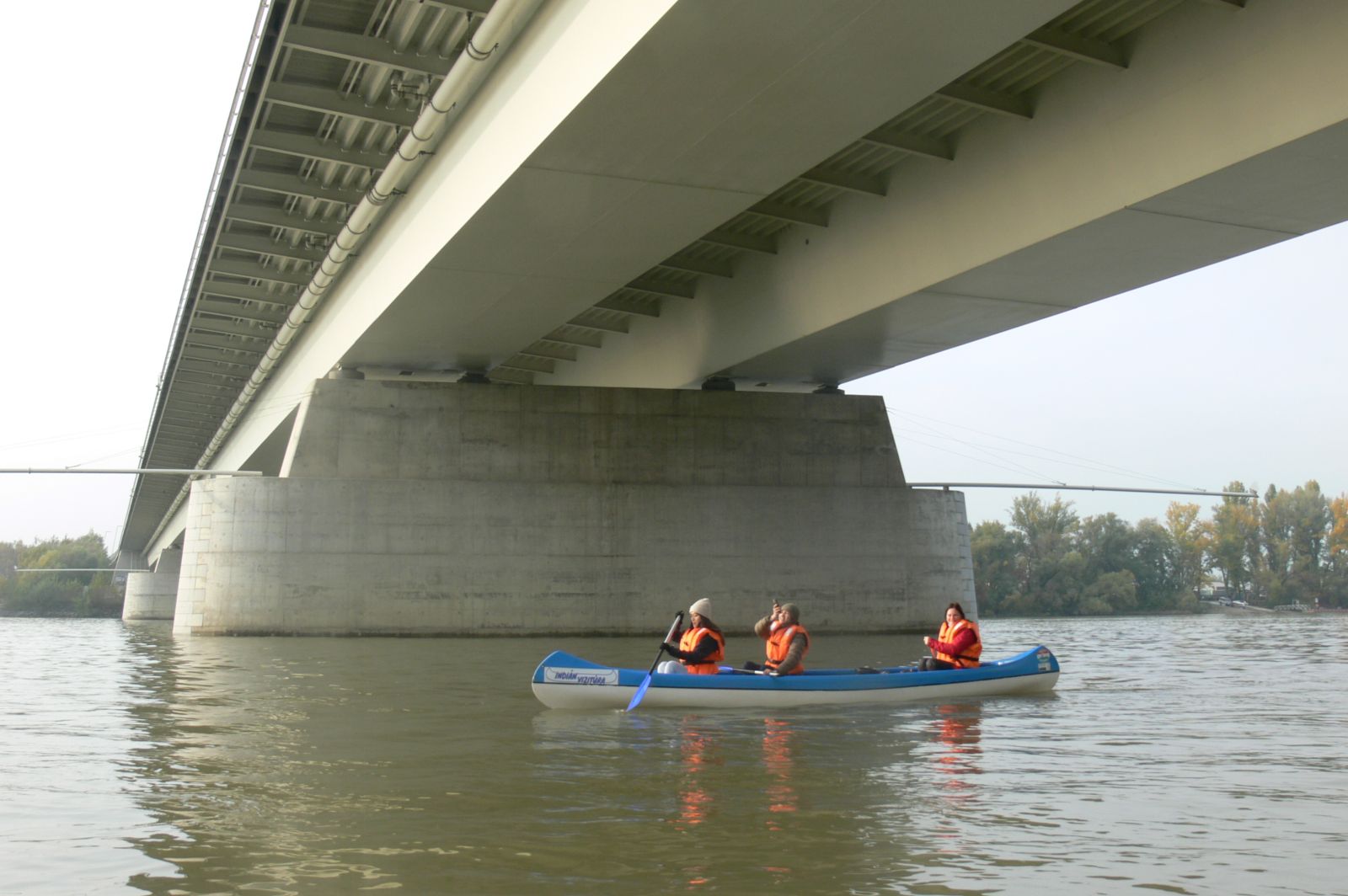
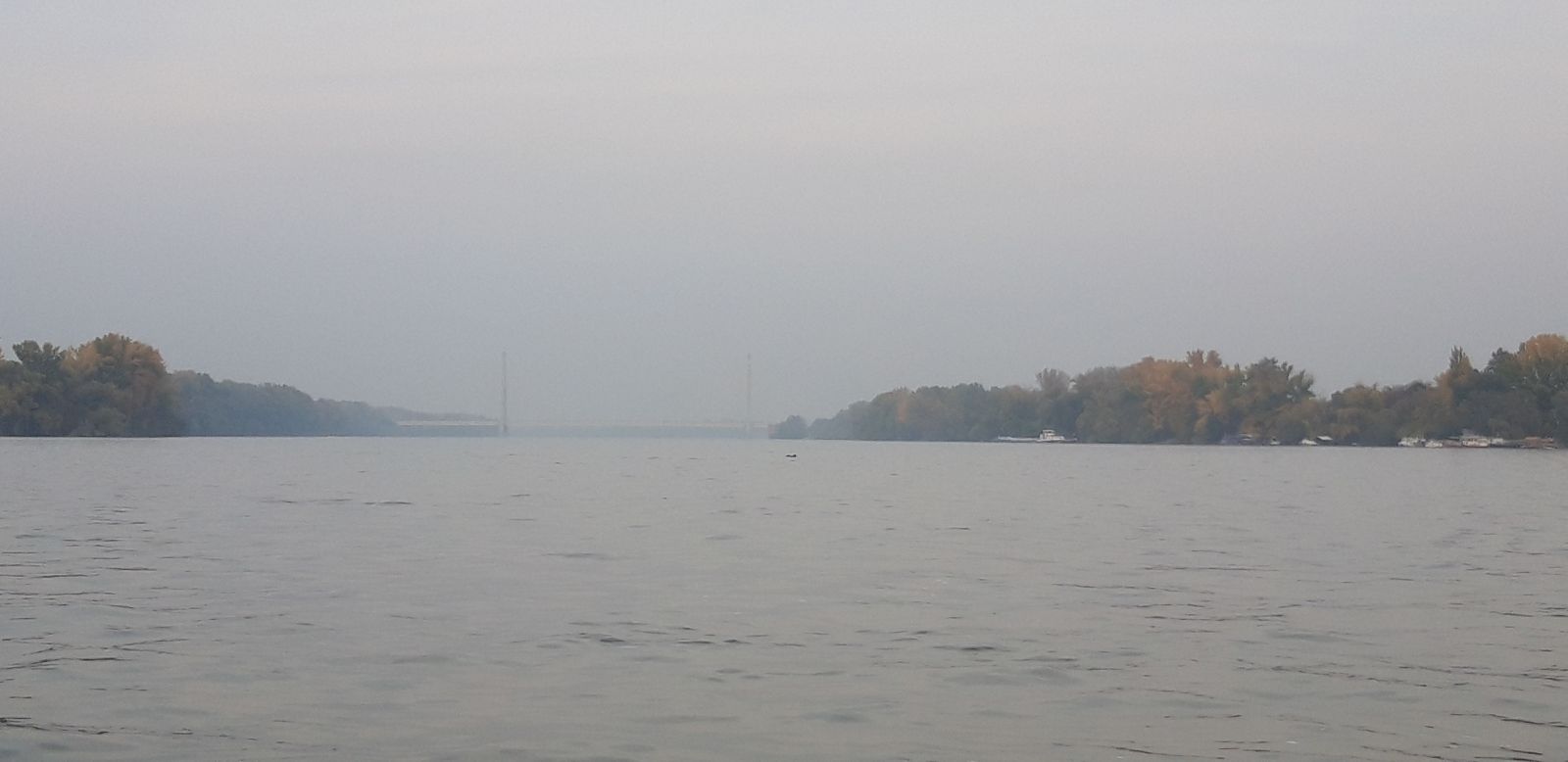
We ended our tour on the Római part (Roman beach), a very popular riverside area of Budapest, which is full of canoe clubs and bars, the perfect place to escape the city. Many people walk and bike here, along the Danube. While Attila returned the canoes we sat down in one of the bars for some hot spicy wine and pancakes. Again, we met some incredible people and we were very happy that they joined us dispite the foggy autumn day.

